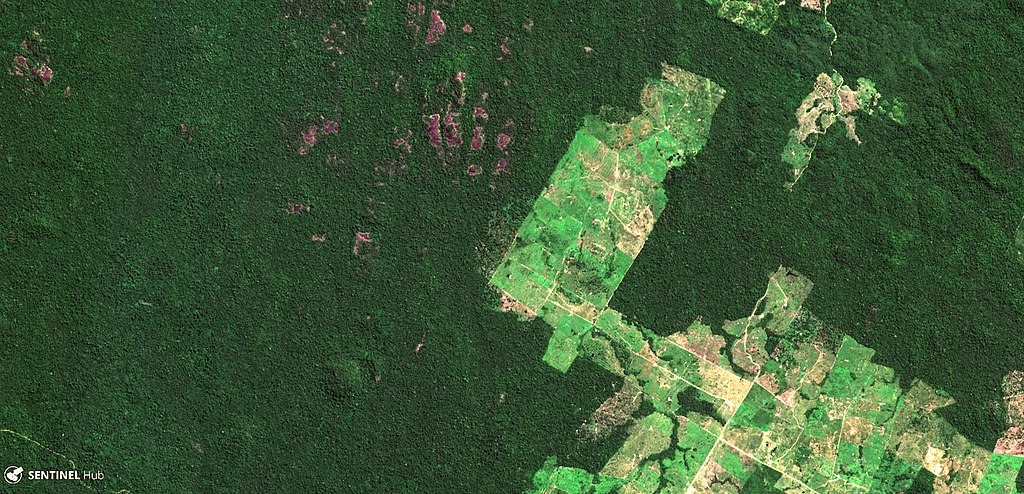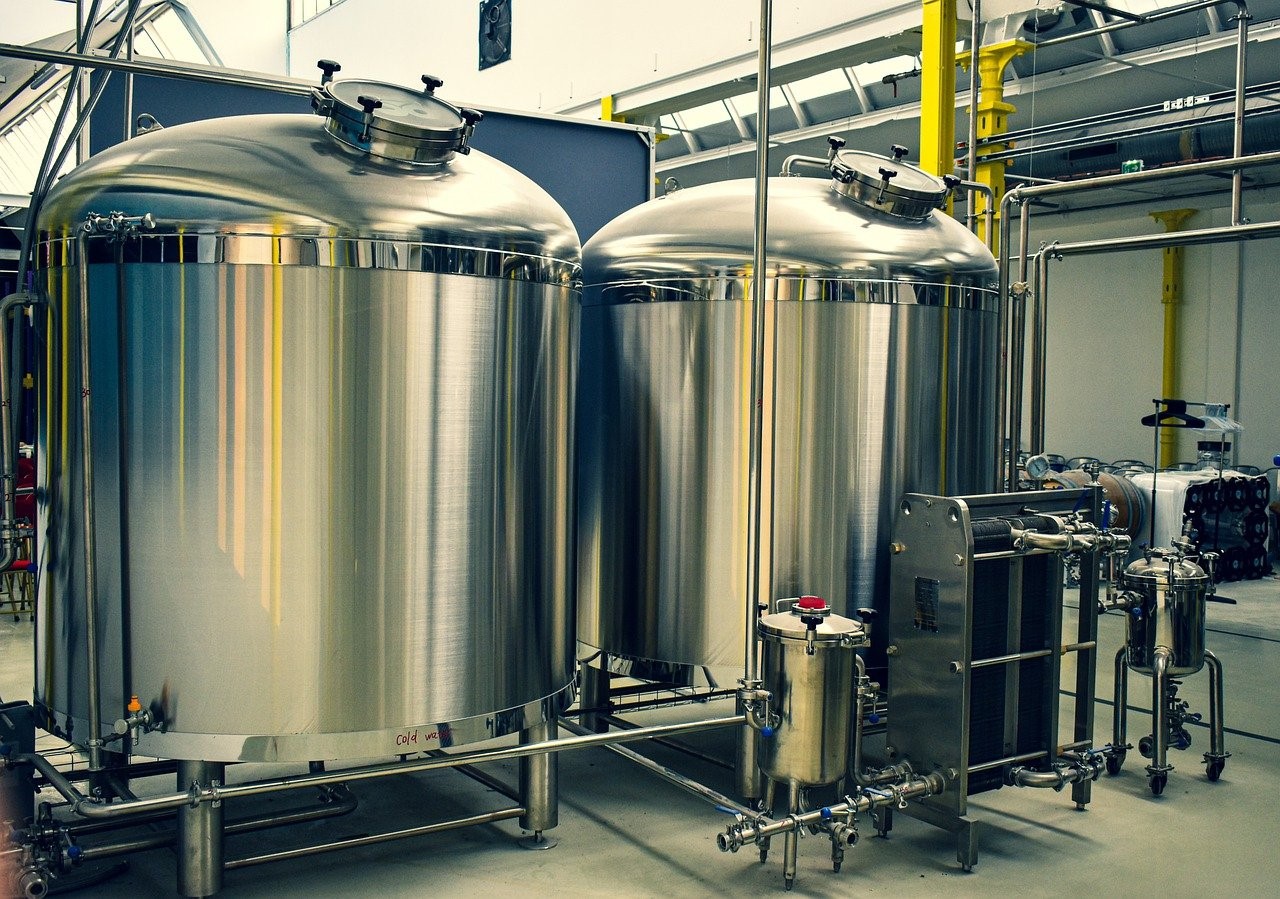
This article relates to SDG Goal 2 in the Sustainable Development Goals framework. To learn more about SDG and sustainability, please visit the OpenLearn sustainability hub. 🥣
Find out more about The Open University's Environment courses
Feeding a hungry planet
The global population is growing, with numbers projected to reach 9.7 billion by 2050. Such a population requires a large quantity of food, yet the current trend of continually expanding agricultural land is a significant driver of climate change, with agricultural emissions accounting for 10% of the UK’s greenhouse gases. Meat farming has a largely negative impact on ecosystems. To produce one kilogram of meat requires a lot of land, often converted from rich biodiverse landscapes. The number of hectares per kilogram (ha kg-1) to produce beef averages at 0.0068 ha kg-1. For comparison, to produce chicken is considerably less at 0.0007 ha kg-1 and for mycoprotein it uses only 0.00018 hectares to produce 1kg, about 37 times less than beef!
The dangers of habit loss
To make land suitable for grazing animals it is often cleared of forests and trees, releasing large amounts of sequestered carbon. Deforestation and other land conversion practices are primary drivers of biodiversity loss, as the removal of vegetation communities for agriculture destroys habitats and creates low diversity landscapes in which few wild animal species can survive. 2019 satelite image shows the extent of deforestation in the Amazon rainforest. Source: Sentinel hub
2019 satelite image shows the extent of deforestation in the Amazon rainforest. Source: Sentinel hub
Farming sustainably
Sustainable farming describes practices that do not significantly deplete resources or, more colloquially, harm the environment. Meat products account for a high percentage of agricultural land use and emissions so reducing meat consumption is recognised as a viable climate change mitigation strategy. This also means a growing population must be fed with a minimal expansion of agricultural land, and food production growth must come from increasing the productivity of land that is already cultivated. However, meat is an undeniably popular food, with nutritional value that can be hard to replicate, so what alternatives are there for those who wish to limit their dietary environmental impact?
Feed them ... fungus?
You may be aware of the popular meat-alternative ‘Quorn’, which is actually a mycoprotein produced from the fungus Fusarium venenatum (‘myco’ meaning fungus or mushroom). The fungus is grown inside vats where it is fed on sugars (glucose) and monitored for optimal acidity, temperature, and oxygen supply. Vats do not take up much space, and mycoprotein produces a large amount of protein from a small area of land, which is a key part of meat farming’s impact on habitat loss. This article looks at mycoprotein in comparison with meat farming and describes how this could be a potential future food to supplement a range of plant-based alternatives to a rapidly expanding, hungry population.
 Industrial fermentation vats.
Industrial fermentation vats.
More versatile farming
The global food system is highly vulnerable and exposed to a multitude of risks such as: pests and pathogens, environmental degradation, climate variability, and extreme weather events. Mycoprotein is more resilient to these factors because it can be produced in urban environments where it would be unfeasible to farm crops and livestock. With global malnourishment impacting a billion people, a sustainable, versatile, protein production method is highly valuable.
Mycoprotein isn't zero-carbon yet, but it's improving
Whilst
mycoprotein production results in a smaller carbon footprint than the rearing
and production of beef cattle, its impact on both land use and carbon
emissions is dramatically
lower than meat
(even fish), and closer to that of soy. Much of this pollution is from its
production, but steps to reduce this carbon footprint include recycling
wastewater and reusing waste products.
What about nutrition?
Importantly, is mycoprotein as nutritious as meat? Quorn contains all nine essential ammino acids. It contains 5-10g of fibre per 100g which can help control blood glucose and insulin levels, and may help you feel fuller, supporting its use for weight loss. Barring any allergies, it has been described as a ‘nutritious, sustainable protein source’ but further research on its efficacy as a long-term meat replacement would be valuable to understand.
 Mycoprotein, sometimes better known as Quorn.
Mycoprotein, sometimes better known as Quorn.
A food for the future?
So, is mycoprotein sustainable? The short answer is, ‘it’s getting there’! Mycoprotein could play a fundamental role in ensuring food security. Its efficient land use and resilience to environmental factors mean it is among the more sustainable foods, the supply of which may be more able to withstand the consequences of socio-political and environment change than other sources. There is room for improvement, and research is currently ongoing to reduce the carbon footprint of its production process.



Rate and Review
Rate this article
Review this article
Log into OpenLearn to leave reviews and join in the conversation.
Article reviews